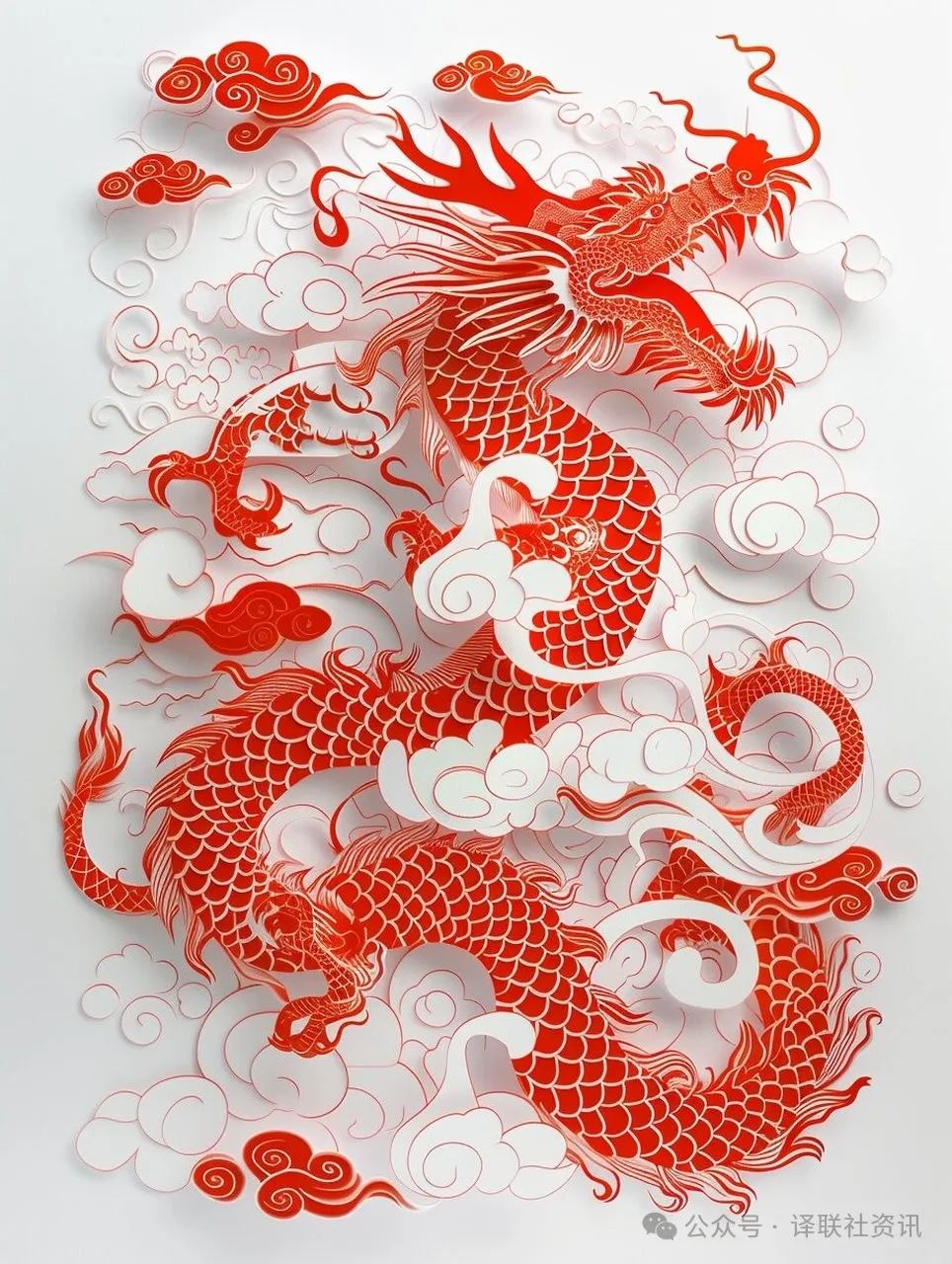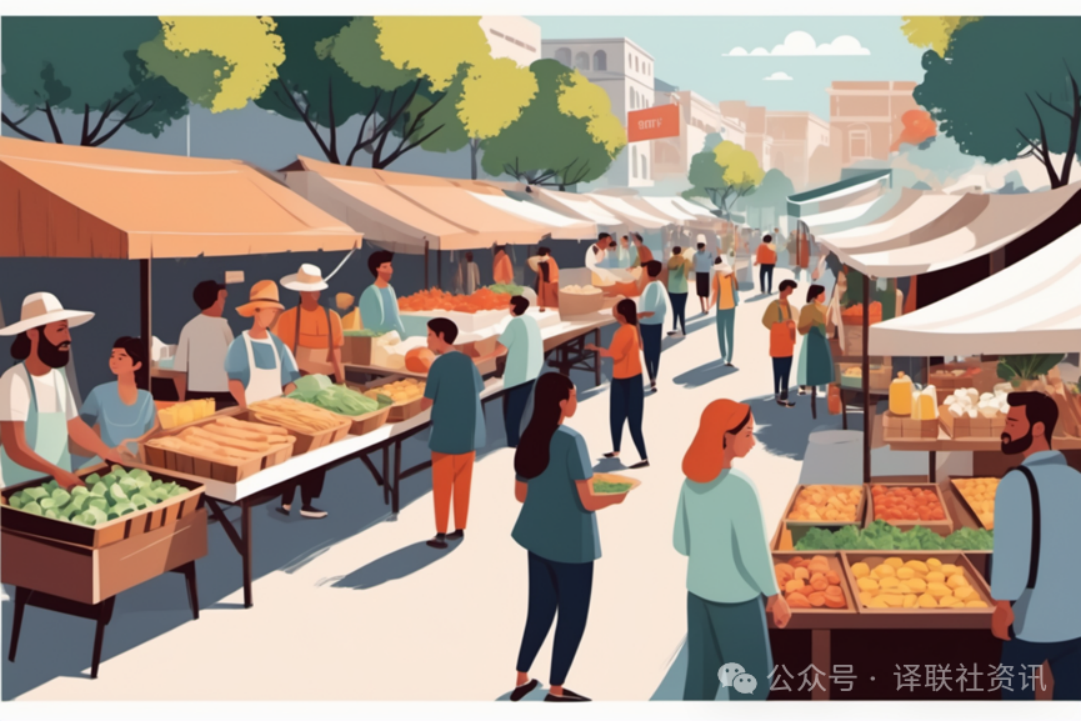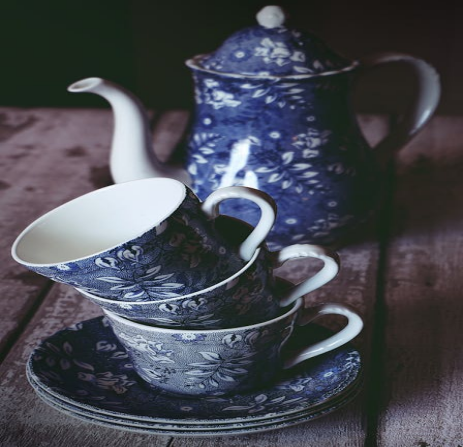Chinese paper-cutting is a folk art that involves cutting patterns on paper using scissors or knives, primarily used to decorate living spaces or accompany other folk activities. It has a broad popular base in China, integrating into the social life of various ethnic groups and forming an important part of various folk customs. Paper-cutting art not only serves decorative purposes but also carries rich cultural and historical information, expressing the social cognition, moral concepts, practical experience, life ideals, and aesthetic tastes of the general populace.

The history of paper-cutting can be traced back to the Western Han Dynasty in pre-Christian era, when the invention of paper provided the material basis for the birth of paper-cutting art. Before the advent of paper, people skillfully used thin materials such as gold foil, leather, silk, and even leaves to create exquisite patterns through carving, engraving, and cutting techniques. During the Warring States period, the art of hollow-carving was already quite mature, sharing similarities with later paper-cutting art and laying a solid foundation for the formation of folk paper-cutting art.
In the Tang Dynasty, paper-cutting art flourished. People continuously innovated in paper-cutting techniques, creating many unique forms such as "window flowers," "portraits," and "flower-and-bird patterns." During the Song Dynasty, paper-cutting art developed significantly, with professional paper-cutters emerging during the Southern Song period. In the Ming and Qing dynasties, paper-cutting craftsmanship matured and reached its heyday, widely used in lanterns, fan decorations, embroidery patterns, and other fields.
Paper-cutting works come in various forms, including single-color paper-cutting, folded paper-cutting, shadow cutting, torn paper art, and colored paper-cutting. Single-color paper-cutting is bright and simple, mainly used for window decorations and embroidery patterns; folded paper-cutting creates symmetrical patterns by folding the paper; shadow cutting focuses on the beauty of the outer contour; torn paper art uses hand-tearing techniques to create works with rough edges but a rustic charm; colored paper-cutting integrates multiple techniques such as stippling, color overlay, and outlining, making the works even more colorful and diverse.
Chinese paper-cutting has also developed various distinctive schools, such as Shandong paper-cutting, Gaomi paper-cutting, Yantai paper-cutting, Binzhou paper-cutting, and Juxian guomenqian. These schools have unique characteristics in modeling style, theme selection, and expression techniques, collectively constituting the rich face of Chinese paper-cutting art.

On May 20, 2006, paper-cutting art was approved by the State Council and included in the first batch of national intangible cultural heritage lists. In 2009, China's paper-cutting project was inscribed on the UNESCO Representative List of the Intangible Cultural Heritage of Humanity, further highlighting its unique artistic value and cultural significance.




